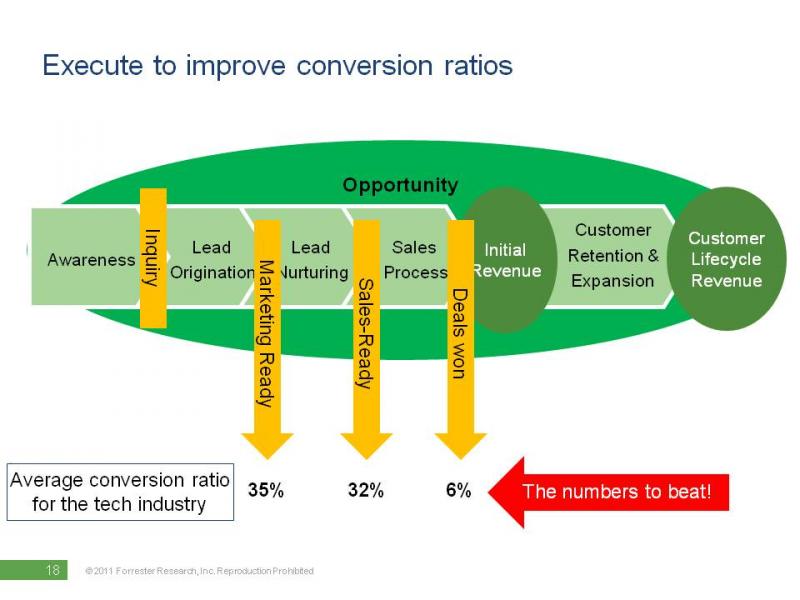Strategic Content Management Will Make Marketing More Predictable
My first job, writes Peter O'Neill, after university was as a business analyst at Ford Motor Company, assisting an executive who sat on the monthly Project Appropriation Committee (PAC) where investments were approved. I learned to calculate the time-averaged rate of return and net present value for a project, proving it was better to invest in it than keeping the money in the bank. My executive ran an organization called General Services, which in those days (1978) included generating our own electricity within the factory complex in Dagenham, England. Now they take their power from the national grid and the generating plant is no more.
Now this is not a discussion of cloud computing and where enterprise IT will end up. What I most remember from those monthly PAC briefing books at Ford was the marketing project submissions. They also had documented TARR and NPV numbers. They would predict that by investing a sum of money in a promotional campaign (e.g., a special car model, dealer incentive, discounts), their market share would go up by, say, 0.7 percentage points – Ford was the UK market share leader in those days at around 30%, selling mostly company cars to businesses. I often checked out whether or not the predicted market share change actually happened and it mostly did – marketing was able to quantify its contribution very well indeed.
How many tech marketers are able to plan their campaigns like that? Even those who market to consumers cannot really do that. But those companies that are analyzing their lead-to-revenue management (L2RM) process and understanding the impact of improving their conversion rates within the process will be better prepared to do it. The figure below shows the L2RM process and includes the tech industry average conversion rates that we have collected in our research.

In fact, if you automate this process and collect data across the process over a period of time, you will definitely be able to turn marketing into a science and be more predictable. I talked to Jon Miller, CMO of Marketo, last week and he convinced me that he has reached that stage. He said, “We do not take on a new sales rep unless my pipeline forecast shows that we have work for that person.” Now Jon is in a great position: He is a visionary about marketing and co-founded a company that writes the software he needs to realize that vision. Then again, I do not think that his success is primarily due to the marketing automation products he deploys. Even more important is the tremendous library of thought leadership and lead nurturing content that his company offers.
I think that marketing content management is a business process that is going to become mission critical to tech vendors. At our research meeting at Forrester last week, I agreed to focus on this as a research thread in 2012, so watch out for reports on this and please feel free to let me know what you think. Agree? Disagree? Need more details? As always, I’d love to hear from you on this and other topics.
Always keeping you informed! Peter